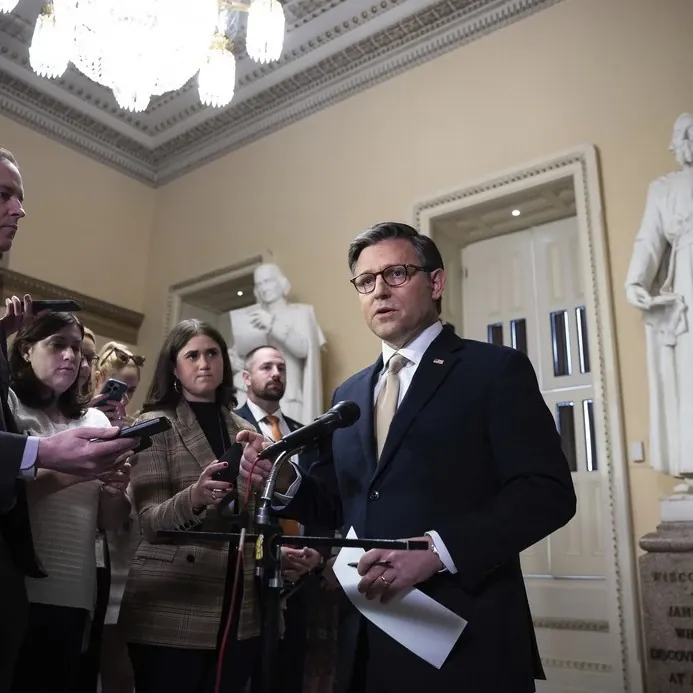Minnesota House of Representatives
The Minnesota House of Representatives is a vital part of the state’s legislative process, responsible for creating and amending laws that affect the residents of Minnesota. With a rich history and a commitment to public service, the House plays an essential role in shaping the policies and regulations that govern the state. This article provides an overview of the structure, functions, and significance of the Minnesota House of Representatives.
Structure of the Minnesota House of Representatives
The Minnesota House of Representatives consists of 134 members, each representing a specific district within the state. The districts are drawn based on population, ensuring that each representative is accountable to a diverse group of constituents. The House operates under a set of rules and procedures that facilitate orderly debate and decision-making.
- Leadership: The House is led by the Speaker, who is elected by the members at the beginning of each biennial session. The Speaker is responsible for maintaining order during debates, assigning bills to committees, and representing the House in official functions.
- Committees: The House has several standing committees that focus on specific policy areas, such as education, health, and transportation. These committees play a crucial role in reviewing proposed legislation and making recommendations to the full House.
- Majority and Minority Parties: The party that holds the most seats in the House is referred to as the majority party, while the second-largest party is the minority party. The majority party typically has greater influence over legislative priorities and leadership positions.
Functions of the Minnesota House of Representatives
The primary function of the Minnesota House of Representatives is to create and pass legislation. This process involves several key steps:
- Bill Introduction: Members of the House can introduce bills on various topics. Once introduced, a bill is assigned a number and referred to the appropriate committee for review.
- Committee Review: Committees hold hearings to discuss the bill, gather testimony from experts and constituents, and make amendments. After thorough examination, the committee votes on whether to forward the bill to the full House.
- Floor Debate: If a bill passes out of committee, it goes to the floor of the House for debate. Members discuss the bill’s merits, propose further amendments, and ultimately vote on its passage.
- Senate Consideration: If the House passes a bill, it is sent to the Minnesota Senate for consideration. The Senate may amend the bill, and both chambers must agree on the final version before it can be sent to the Governor for approval.
Importance of Civic Engagement
Civic engagement is crucial to the functioning of the Minnesota House of Representatives. Residents are encouraged to participate in the legislative process by attending hearings, contacting their representatives, and voicing their opinions on issues that matter to them. Public input helps ensure that legislation reflects the needs and priorities of the community.
- Public Hearings: The House often holds public hearings where citizens can share their views on proposed legislation. This transparency fosters a connection between the government and the public.
- Contacting Representatives: Constituents can reach out to their elected representatives via email, phone, or in person to express their concerns or support for specific bills.
- Community Involvement: Engaging in local organizations and advocacy groups can amplify citizens’ voices, making it easier to influence legislative outcomes.
Conclusion
The Minnesota House of Representatives is a cornerstone of the state’s democracy, tasked with the critical responsibility of crafting laws that impact the lives of Minnesotans. Understanding the structure, functions, and importance of civic engagement can empower residents to participate actively in the legislative process. By staying informed and involved, citizens can contribute to shaping a better future for their communities and the state as a whole.



